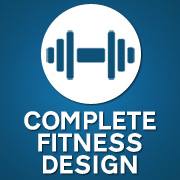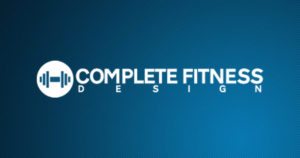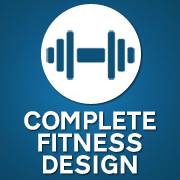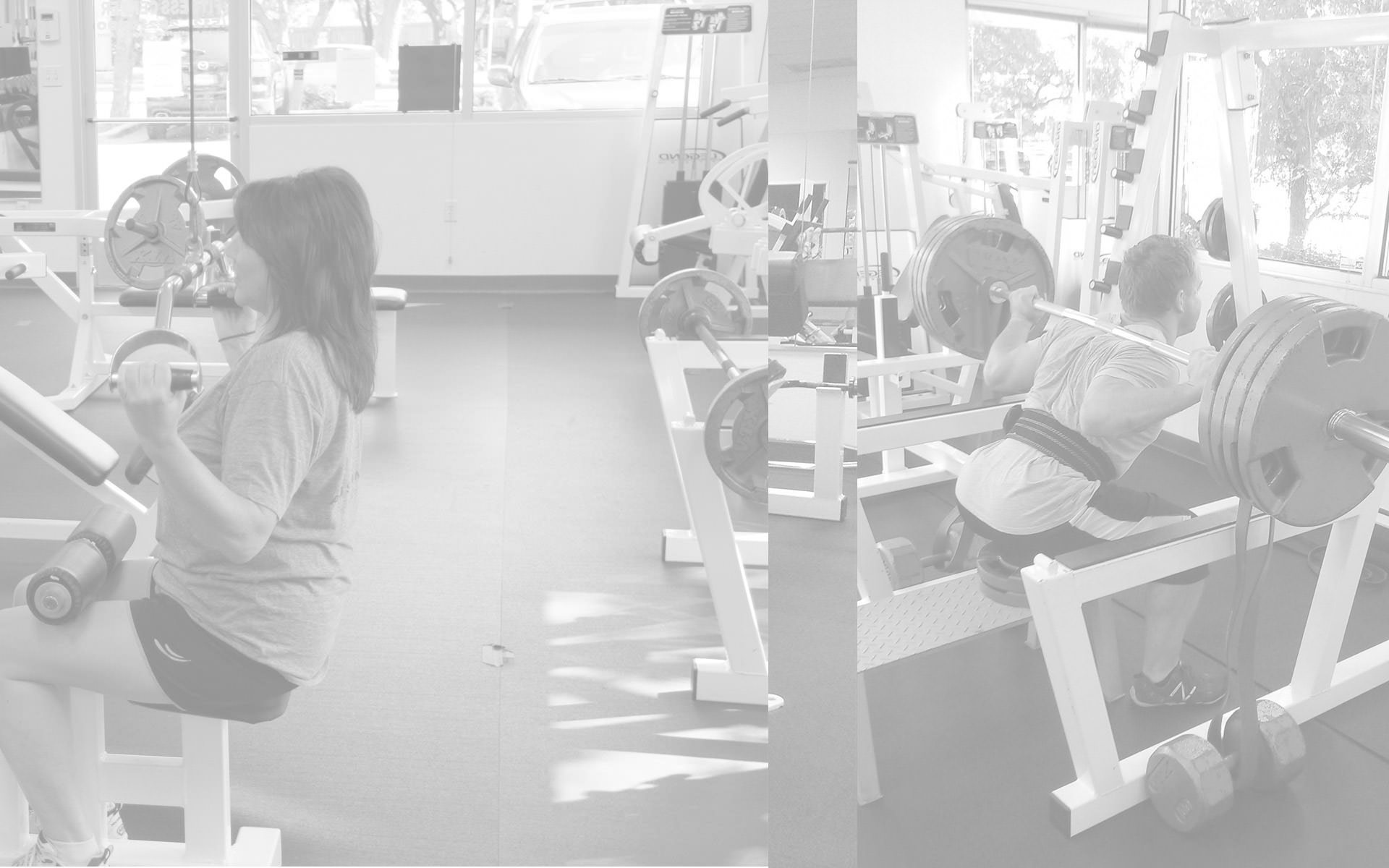Cheat Curls
As a longtime Austin personal trainer, I’ve told people over and over how important it is to use proper techniques when working out. Proper form, or good form, as it’s referred to popularly, is not as simple as one might automatically assume. What is good form for one person because of their build, genetics, or limitations caused by imbalances, may not be a good idea for someone else. That’s why everything is relative. There is one exercise, however, that has cheat stamped all over it, and it is actually a reasonable and worthwhile endeavor. It’s the exercise known as cheat curls.
What are cheat curls? They are exactly what you would imagine. You are cheating on good form and technique, by using other means to assist in hoisting the weight you are curling. This sounds like a really bad idea doesn’t it? It can be, but when done properly and placed into a workout in the proper place, it’s actually a beneficial strategy. The only drawback, is that you have to be strict in your other sets and reps. Meticulously so, in fact, if you want cheat curls to be of any benefit to your arm growth. Since a lot of people cheat inadvertently by shrugging their shoulders, or leaning forward and throwing themselves rearwards while curling in order to propel the barbell or dumbbell up towards their pecs, they may want to consider a realistic look at what they’re already doing before incorporating an exercise which has intentional bad form.
When To Perform Cheat Curls
If you are a candidate for doing cheat curls, meaning you don’t carry too much stress in your shoulders, rotator cuff muscles, levator scapulae, and so on, you should place a strong consideration for where you put them in your bicep regimen. I always recommend people do them as the final exercise, as they are so demanding, that it will be virtually impossible to use proper curling technique if you put them before your other exercises.
How To Perform Cheat Curls
For the sake of simplicity, let’s discuss performing cheat curls with a barbell, as opposed to dumbbells, or worse, any kind of a pulley system. To begin with, assume your normal grip and stance, but only now, you’ll have more weight on the bar than you could do cleanly for more than a few reps. For example, if you can barbell curl 80 pounds for 10 reps with good form, you would want to use anywhere from 90 to 100 pounds for cheat curls, but still shoot for around 10 reps. I will never recommend anyone to shrug the weight, as it exacerbates imbalances and highly increases the probability of injury, so I suggest employing momentum instead. It’s certainly not foolproof to use momentum, but it is safer, unless you have a weak low back and/or shoulder imbalances, as you will invariably end up shrugging up reps with a weight too heavy for you to otherwise handle, and that is precarious at best. So, with your grip set, and a normal foot placement, engage your abdominal muscles for all you’re worth, and tilt forward slightly while keeping your shoulders low. Now, while keeping your abdominal area muscles clenched, you will rear back with your upper body while simultaneously curling the bar as you normally would during a typical set of curls. The trick is to use only as much momentum that is needed to get the bar moving upwards, and then letting your biceps take over the rest of the range of motion exclusively. If you swing too much, you won’t get anything out of it. If you swing too little, you won’t be able to budge it, so employ just the right amount of assistance.
The benefit of the cheat curl, if done properly, is that it allows you to lift weights that would typically be too heavy for you under normal circumstances. This is beneficial simply because it will tax your biceps fully as you struggle with all your might to curl the weight. This allows for more muscle fibers being recruited to complete the exercise, and as a result, more muscular hypertrophy and bigger gains in strength as opposed to simply employing good techniques on every rep of every set.
Ready to Get Started?

Andy

Latest posts by Andy (see all)
- Workout Motivation: How To Get Motivated To Work Out - March 9, 2022
- Body Fat Types: Subcutaneous and Visceral Fats - June 1, 2019
- Why Diets Work If You Stick With Them - April 1, 2019






